Colonial Sydney went wild for first zoos at Hyde Park and Botany
EXOTIC animals have long captured the hearts of Sydneysiders along with some high-profile visitors, including one famed film director.
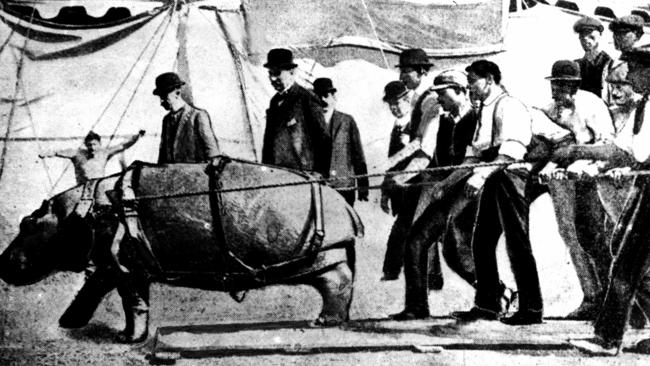
Today in History
Don't miss out on the headlines from Today in History. Followed categories will be added to My News.
LIONS, hippos and elephants will soon be unleashed upon Western Sydney.
The state government this week proposed the lease of 16.5ha in Western Sydney Parklands for the building of a $36 million zoo, which could open as early as 2017 if it approved.
It will be one of several menageries in the Greater Sydney metropolitan area, including Taronga Zoo, Sydney Wildlife World and Featherdale Wildlife Park, which is close to where the new zoo will be built.
While Featherdale is geared largely to tourists wanting to see Australian native animals, the private company building the zoo hopes to tap into the local market of Sydneysiders fascinated by foreign fauna.
MRS MAQUARIE’S MENAGERIE
This fascination goes back to the early years when Britain first colonised Sydney. Several officers on the First Fleet began gathering their own collections of native animals, soon after arriving, although many were dead specimens and rather than going on public display these were probably only shown to other officers.
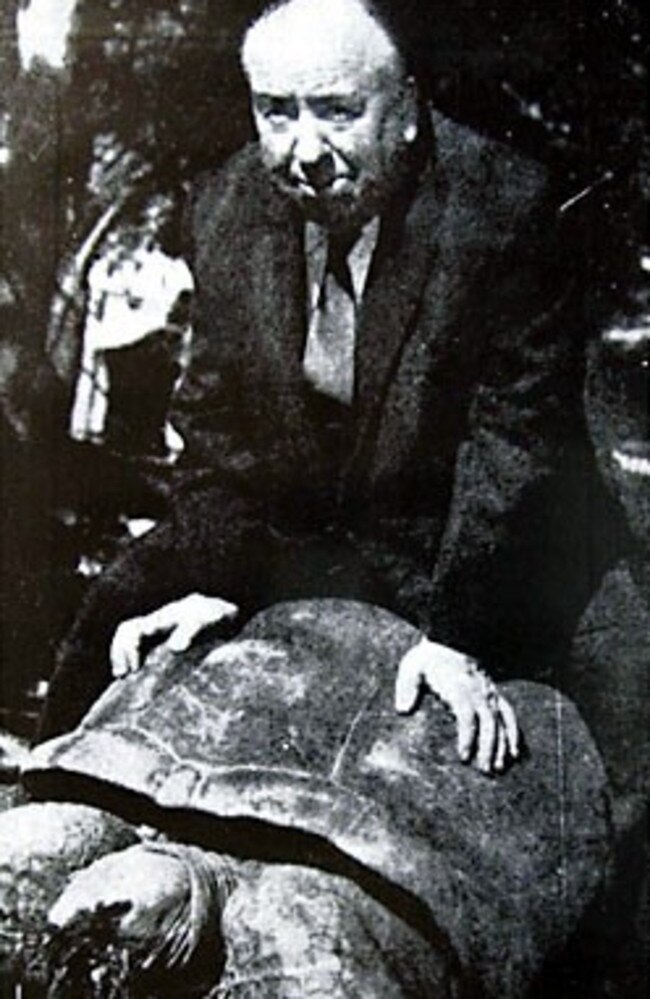
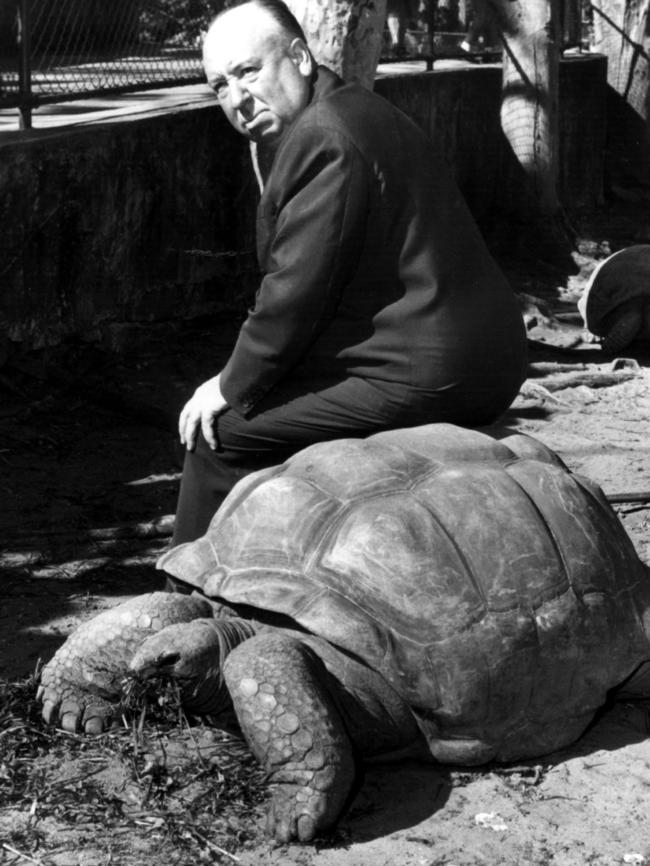
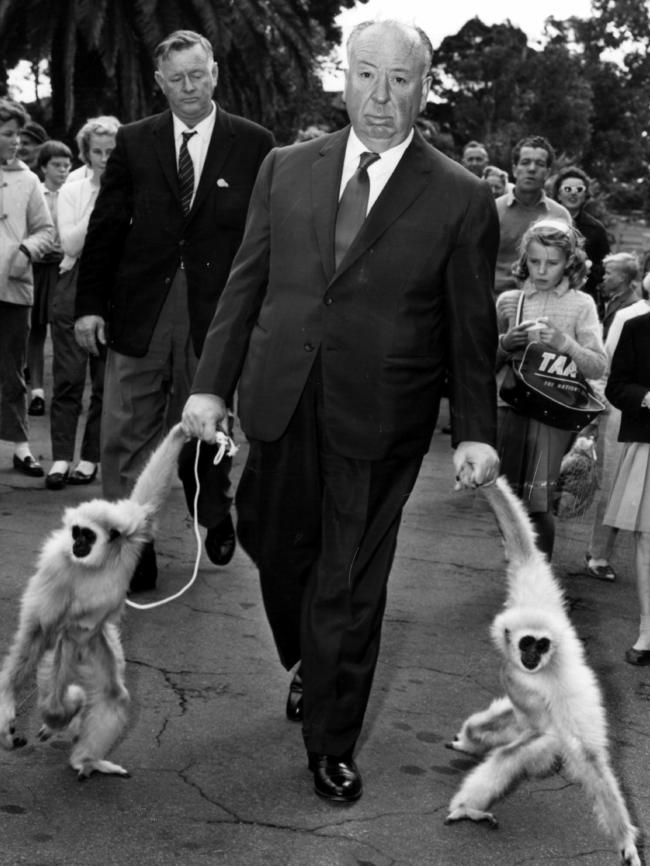
The governors of NSW also kept collections of animals on the large tracts of land set aside as the Government Domain. Mrs Macquarie was said to have established a small menagerie at Government House at Parramatta.
But the first collection of animals that could be said to come close to a zoo was established by former army sergeant Thomas Kellett at Botany.
In 1834 Kellett bought land at Botany to establish the Banks Inn. He later expanded the inn into a large hotel complex with the more grandiose name of the Sir Joseph Banks Hotel.
BAYSIDE PLEASURE GARDEN
The hotel was later acquired by local timber merchant William Beaumont and his business partner James Waller who, in the 1840s, began creating a landscaped “pleasure garden” stocked with a mixture of native and exotic animals.
In 1851 they acquired an elephant and a bengal tiger from Captain William Charlesworth, who was known for procuring animals for colonists from India. Charlesworth had displayed his animals since 1848 in Hyde Park under the aegis of the Australian Museum.
To celebrate his new acquisitions Beaumont organised a fete that year, chartering a steamship to bring people from Port Jackson. The zoo and the hotel grounds became a popular picnic destination for Sydneysiders wanting to escape the hustle and bustle of the city, as well as a favoured place for weddings and parties.

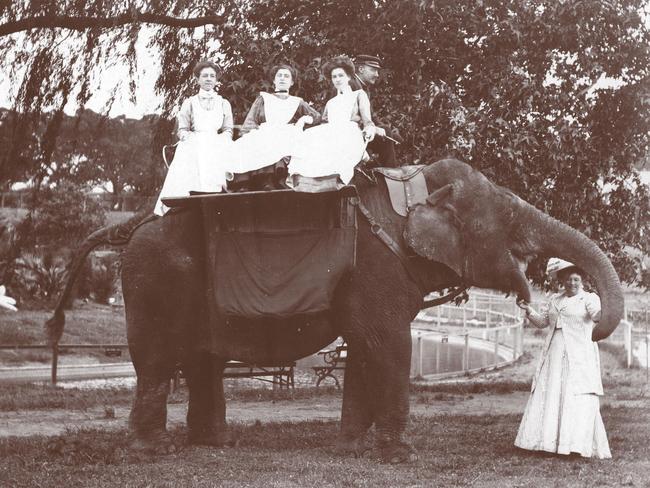
Beaumont later sold the hotel but kept the zoo until at least 1860 when he sold it to Henry Billing. He kept some animals which he later donated to the establishment of the Sydney Zoological Gardens in 1884.
The Sydney Zoological Gardens was first proposed at a meeting in 1852, which discussed situating it in either the Botanic Gardens or Hyde Park.
That meeting had also proposed setting up a local zoological society, but that did not eventuate until 1879, and the zoo itself wouldn’t open for five years after that. Beaumont took a prominent part in planning the zoo.
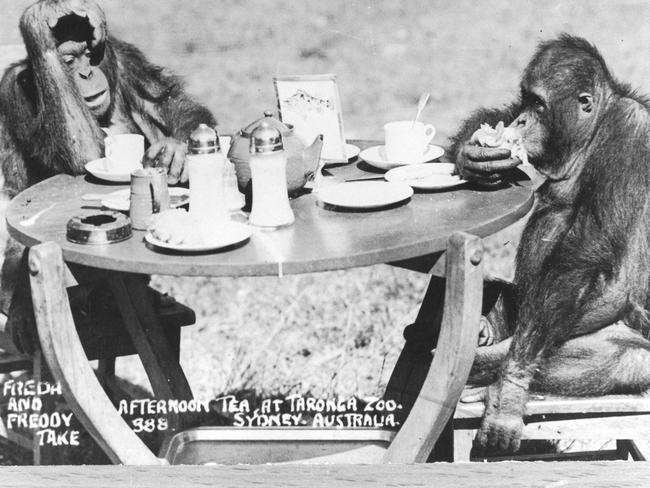
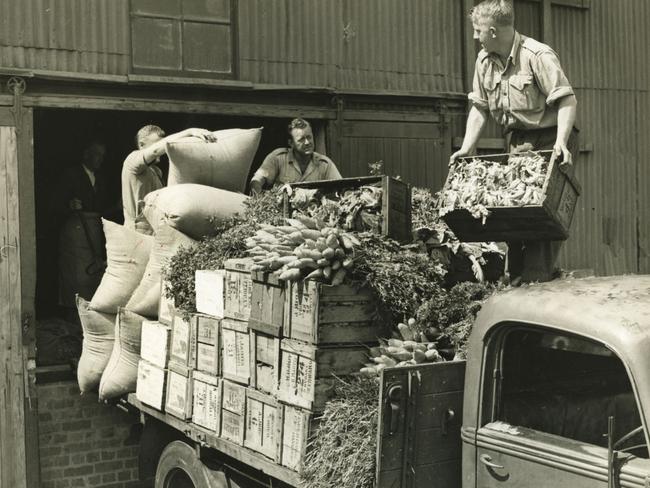
AN ELEPHANT IN MOORE PARK
The Zoological Society temporarily housed some of its collection at the Botanic Gardens in the heart of Sydney until a site was selected at the Billy Goat Swamp, part of the area of Moore Park and Centennial Park that had been set aside for public leisure.
In 1883 the birds were brought to Moore Park. along with an elephant donated by the king of Siam. In 1884 the zoo officially opened to the public.
When the zoo outgrew its home at Moore Park, another site was sought and in 1916 it moved to its present position at Taronga in Mosman.
In 1913, management of the zoo passed to a trust named the New Zoological Gardens Trust which became the Taronga Zoological Park Trust.
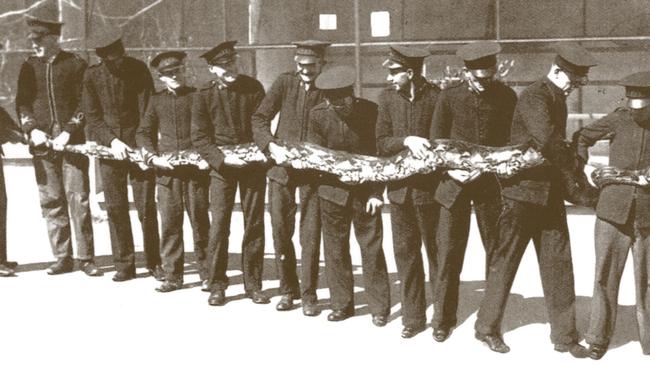
The first exhibits were the seal ponds, elephant temple, monkey pits, top entrance, aviaries, paths and roadways and the refreshment rooms. In all, 228 mammals, 552 birds and 64 reptiles were moved from Moore Park to Taronga. Many, including the elephants, crossed the harbour on board a flat top barge.
Taronga Zoo was officially opened on October 7, 1916.
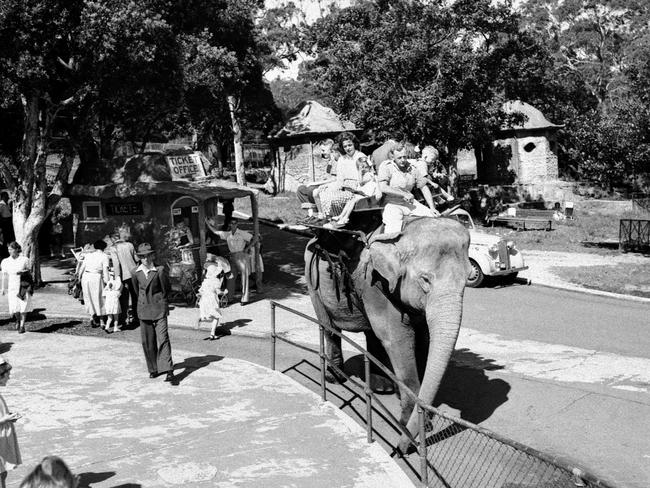
A POISONOUS WIDOW AND A PASSIONATE SON-IN-LAW
Watsons Bay Menagerie: Henry Billing bought Beaumont’s zoo and took the animals to be displayed at Watsons Bay. It proved a popular attraction but Billing ended up in court in 1861 when a keeper was accidentally killed by one of his tigers. He was cleared of any responsibility. When Billing died his widow tried to get the board of the new zoo to buy her animals. After they refused, Billing’s widow is said to have poisoned them.
Featherdale: Once the site of Charles and Marjorie Wigg’s poultry farm, Featherdale grew out of the passion of their son-in-law Bruce Kubbere for native birds. He built aviaries on the property but his collection grew to include many other animals and in 1972 the farm was opened as Featherdale Wildlife Park.
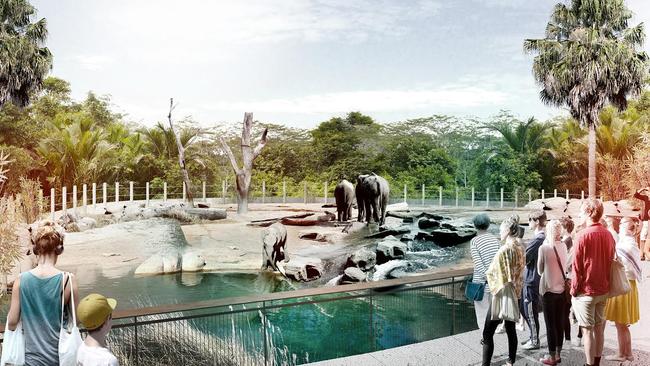
Originally published as Colonial Sydney went wild for first zoos at Hyde Park and Botany



